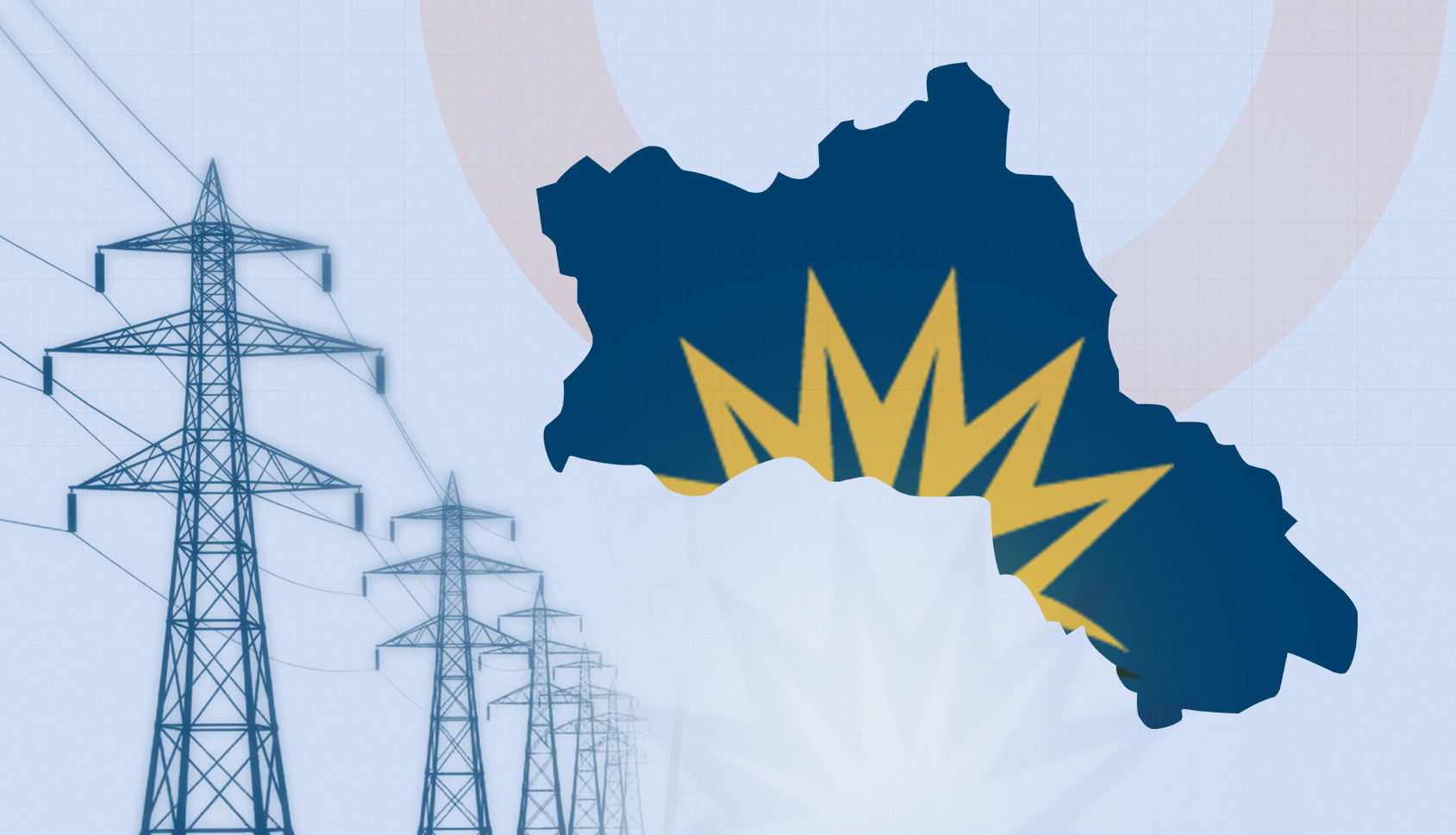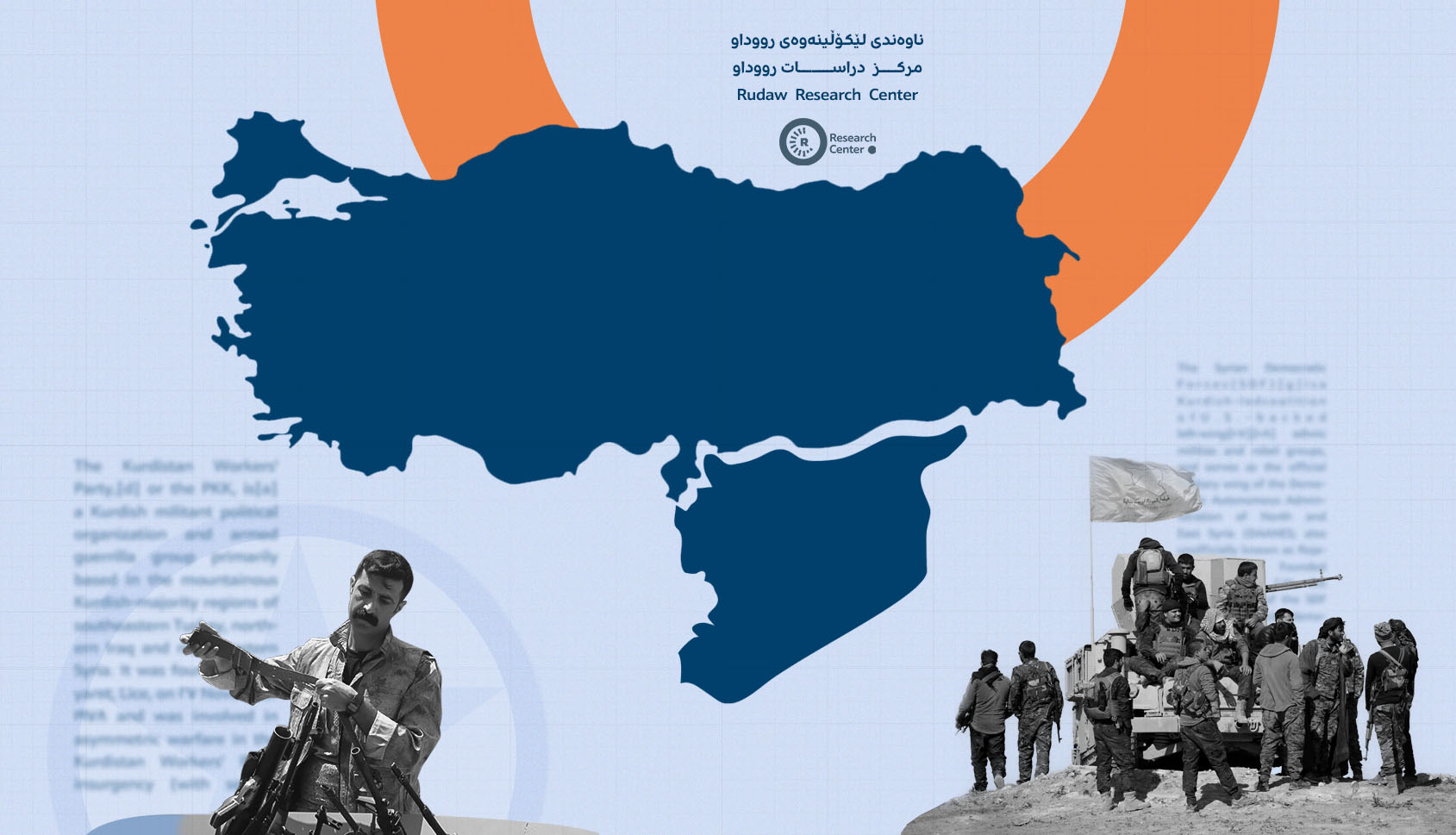RRC|
By Mamend Roje|
Turkey’s Intentions in Northern Syria
Introduction:
The Turkish President, Recep Tayyip Erdogan said last week that Turkey would launch military attack on east Euphrates in northern Syria “in a few days”. Two days later Turkish jets struck Makhmour and Sanjar regions in Iraqi disputed areas. The US President Donald Trump talked on phone with his Turkish counterpart. Discussing Turkey’s concerns, the two agreed to continue coordinations to achieve their respective security objectives in Syria, according to the White House statement. The situation appears to be mitigated after the high level talks, the Turkish military vehicle and Syrian Free Army militants, however, are heading to areas close to the Rojava borders.
Can Turkey attack east of Euphrates region which is protected by the US forces? What are Turkish intentions?
Hypothesis: Ankara is pressing the US administration so that Washington would eventually agree to Turkish demands in Syria. Turkey’s persistent threats aim to prepare real circumstances for a final assault.
Turkey: dispatching military vehicles
In the last two weeks, Turkey has dispatched many military vehicles to the borders of YPG controlled areas. In his Sochi meeting with his Russian counterpart, Erdogan said that they would make a buffer zone in the YPG controlled areas. There are some reasons that prompt Ankara to turn away from the eminent crises of Idlib and consider the idea of an operation in the east part of Euphrates instead:
First, Turkish diplomacy to solve the crisis of Idlib has succeeded to a great extent; Erdogan has managed to prevent a joint Syrian-Russian military assault on Idlib, while laying political and legal foundations for this arrangement in Istanbul Summit in October when Turkey hosted heads of state from Russia, Germany, and France. Turkey has also undone Iran’s policy in Idlib operation. Now, Erdogan wishes to reap the fruits of his diplomatic successes through operations in the east Euphrates.
Second, Russia has largely matched its policies with Turkey. Recently, Kremlin has insisted that the US presence in east of Euphrates will divide Syria, in violation of international norms. This will boost Erdogan to follow along his plans.
Finally, there are only three months to go before Turkish local elections. Many polls suggest that Erdogan’s Justice and Development Party’s support has declined, while they might lose big cities like Istanbul and Ankara. AKP is considering attracting Nationalists’ support and forging a new alliance with MHP through media war and military attacks on the Kurdish forces.
Chronology of the escalations
Right after the Istanbul Summit, Turkish air forces hit the villages of Zor Mixar, Ashme, and Carqeli in Kobane, Syria, on October 29.
On October 30, Turkey targeted the villages of Tel Finder, Selip Qiran, Sosik, and Yebse. Turkish jets struck the same areas on November 2.
Syrian Democratic Forces (SDF), the most active partner of the coalition forces in the war against ISIS in Syria, immediately stopped their counter-ISIS operations in Hajin and warned the US-led international Coalition that they would stop their operations against ISIS for good. This forced the US administration to take steps to ease the escalations.
On the second day of October, the US forces conducted their first joint patrols with their Turkish counterparts in Manbij, and handed over the security file of Um Jelud village to the Turkish troops. To soothe the SDF and YPG’s worries, the US forces conducted joint patrols in Kobane and Grespi, which frustrated Turkish government, so they struck Grespi. On the October 4, Turkey dispatched 1500 FSA militants to Aqjeqele in Turkey which is close to Gre Spi on the Syrian side of the border, while Turkish tanks and military vehicles were positioned near Sere Kani borders. The American troops launched a joint patrol in Derbese and Qamishli on November 6.
Turkish and American Forces have already started their third round of joint patrols around Sajouri River. Last week, Ankara’s air forces once again targeted areas close to Gre Spi and Dirbese. The US duplicity has equally enraged Kurdish and Turkish sides.
The US administration tried to court Erdogan with a $ 12m bounty on three leaders of Kurdistan Workers’ Party (PKK). So far, however, the US-Turkish diplomatic efforts on the highest levels have not been able to produce any tangible outcome in Syria.
Turkish goal: the final attack
Erdogan announced last week that Turkey would attack east of Euphrates in the next few days to end YPG’s authority in those areas without harming US forces. Two days later, Turkish jets pounded areas near Makhmour and Sanjar. Turkish anger is rooted in the observation posts erected by the US forces in Kobane, Gre Spi, Sere Kani, Dirbese, Amuda, Qamishli. Through these posts the American forces insist on their presence in the area which could discourage Ankara from considering a military operation against Syrian Kurds.
Air strikes on Sinjar and Makhmour were Turkish signals to the White House that they were ready to attack east of Euphrates as well.
But can Turkey attack east of Euphrates? The answer is any assault on these areas proves to be very difficult, if we consider the presence of the US forces in those areas, although the geopolitical, geographical and time is in Turkish favor. Turkey wants to increase its pressure on the US administration through shelling and air strikes on the SDF controlled areas.
Turkey’s present goal is to control both Manbij and Gre Spi, referring to the Kurdish forces as occupiers who are changing the demography of the region! According to Ankara, Manbij is an Arab city while Gre Spi belongs to Turkmans. If Turks succeeds in controlling these two towns, this will provide them with a corridor to Raqqa, for this reason Ankara is so insistent on its pressure on the US government to leave those areas. Turkish administration, however, tries achieve this through diplomatic means in the first place, and only when it does not bring about the desired result, it will start over the air strikes and shelling.






